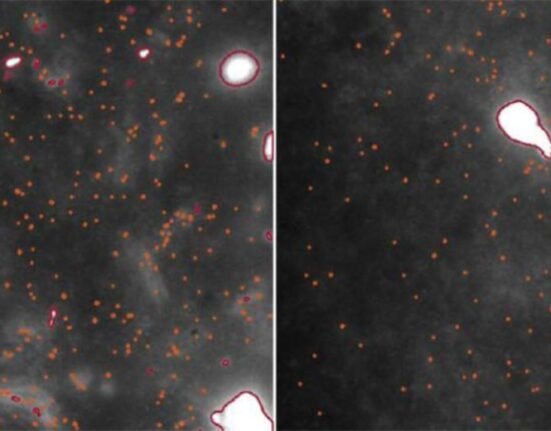HQ Team
March 20, 2025: Scientists at the Walter and Eliza Hall Institute (WEHI, Australia) have uncovered the structure of the PINK1 protein (associated with Parkinson’s onset), a breakthrough poised to accelerate drug development for Parkinson’s disease—a condition affecting over 10 million people worldwide.
Parkinson’s is the second most common neurodegenerative disease after Alzheimer’s, with symptoms ranging from tremors and cognitive decline to vision issues and speech difficulties. Globally, 1% of people over 60 are diagnosed, while up to 20% of cases involve Young Onset Parkinson’s Disease (diagnosis under age 50). In Australia alone, 200,000 people live with Parkinson’s, costing the economy $10 billion annually. Despite its prevalence, there is no cure, and existing treatments only manage symptoms.
PINK1: the mitochondrial guardian linked to Parkinson’s
For over 20 years, researchers have known that mutations in the PINK1 protein are tied to Parkinson’s, particularly early-onset cases. PINK1 acts as a cellular watchdog, detecting damaged mitochondria—the cell’s energy factories—and tagging them for recycling via a process called mitophagy. When PINK1 malfunctions, toxic mitochondria accumulate, killing brain cells critical for movement and cognition.
“Brain cells require immense energy, making them especially vulnerable to mitochondrial damage,” said Professor David Komander, study co-author and head of WEHI’s Ubiquitin Signalling Division. “Without PINK1, this damage goes unchecked, leading to cell death.”
Published in Science, the study reveals the first-ever 3D structure of human PINK1 bound to mitochondria. Using advanced imaging, the team mapped how PINK1:
- Senses mitochondrial damage.
- Docks onto damaged mitochondria via a unique protein array.
- Activates ubiquitin tagging, signaling the Parkin protein to clear toxic mitochondria.
Crucially, the team identified how Parkinson’s-linked mutations disrupt PINK1’s function. “Seeing PINK1’s structure is like finding a missing puzzle piece,” said lead author Dr. Sylvie Callegari. “We now know how it assembles and activates—and where it goes wrong in patients.”
Current Parkinson’s drugs cannot slow disease progression. However, this discovery opens avenues for therapies targeting PINK1 activation. By designing molecules to “switch on” PINK1 in patients with mutations, researchers aim to restore mitophagy and halt brain cell death.
“Our work reveals multiple sites to modulate PINK1,” said Prof. Komander. “This precision could lead to drugs that fix the root cause, not just symptoms.”
The team is now collaborating with pharmaceutical partners to develop PINK1-targeted compounds, with preclinical trials expected within five years.
Mitochondrial dysfunction underpins many conditions, including Alzheimer’s and heart disease. Understanding PINK1’s role in cellular cleanup could inform treatments for these disorders.








